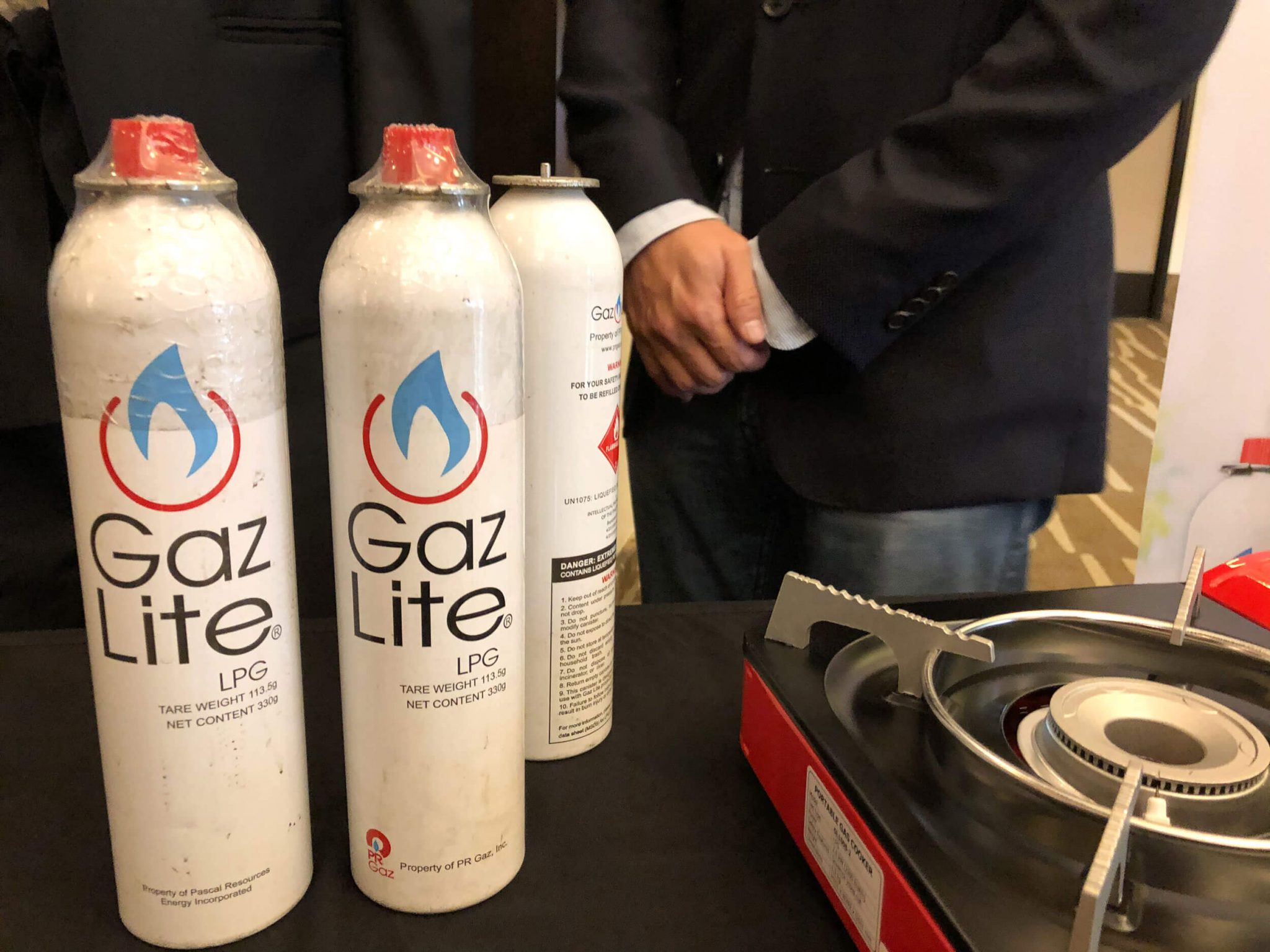

Articles
How To Store Butane Canisters Safely
Modified: January 14, 2024
Learn how to safely store butane canisters with these helpful articles. Explore tips and guidelines to ensure proper storage and avoid potential hazards.
(Many of the links in this article redirect to a specific reviewed product. Your purchase of these products through affiliate links helps to generate commission for Storables.com, at no extra cost. Learn more)
Introduction
Butane canisters are commonly used for a variety of purposes, such as camping stoves, torches, soldering irons, and portable heaters. While these canisters are convenient and efficient sources of fuel, it is essential to store them safely to prevent accidents and potential hazards.
Storing butane canisters safely not only protects you and your surroundings but also ensures the longevity and effectiveness of the canisters. By following proper storage guidelines and taking necessary precautions, you can minimize the risks associated with storing these highly flammable containers.
In this article, we will discuss the importance of storing butane canisters safely and provide you with comprehensive guidelines to ensure their proper storage, handling, and transportation. We will also cover potential hazards and safety measures to protect yourself and others.
Whether you are an outdoor enthusiast, a DIY enthusiast, or simply use butane canisters around the house, understanding how to store them correctly will give you peace of mind and help create a safe environment.
Key Takeaways:
- Prioritize fire safety by storing butane canisters in well-ventilated areas, away from heat sources, and implementing fire safety measures such as fire extinguishers and smoke detectors.
- Be prepared for emergencies by creating an emergency kit, knowing emergency procedures, and developing evacuation plans specific to the storage area of butane canisters.
Read more: How To Store Butane Canisters
Importance of Storing Butane Canisters Safely
Storing butane canisters safely is of paramount importance to ensure the well-being of individuals and safeguard against potential accidents and hazards. Here are a few reasons why it is crucial to prioritize the safe storage of these canisters:
- Fire Safety: Butane is a highly flammable substance, and mishandling or improper storage of canisters can significantly increase the risk of fire. Storing them safely reduces the chances of accidental ignition and helps prevent potentially disastrous fires.
- Explosion Prevention: When exposed to heat or pressure, butane canisters can explode, posing a severe threat to individuals and property. Proper storage techniques reduce the risk of canister rupture and subsequent explosions, protecting against devastating consequences.
- Health and Environmental Safety: In addition to fire and explosion risks, mishandling butane canisters can lead to health hazards and environmental pollution. Leakage or improper disposal of canisters can release butane gas into the atmosphere, which can be harmful when inhaled and contribute to air pollution. Proper storage ensures the containment of the gas, reducing health and environmental risks.
- Longevity of Canisters: Proper storage techniques help maintain the quality and longevity of butane canisters. Exposure to sunlight, heat, moisture, or extreme temperatures can degrade the canisters and affect the integrity of the fuel. By storing them safely, you prolong their shelf life and ensure optimal performance when needed.
By understanding the importance of safe storage, you can take the necessary precautions to protect yourself, others, and the environment. The next section will provide you with general guidelines for safely storing butane canisters.
General Guidelines for Safe Storage
Following these general guidelines will help ensure the safe storage of butane canisters:
- Select a Well-Ventilated Storage Area: Choose a storage area that is cool, dry, and well-ventilated. Proper ventilation helps disperse any built-up gas vapors that may have leaked from the canisters, reducing the risk of ignition.
- Keep Away from Ignition Sources: Store butane canisters away from heat sources, open flames, and ignition sources such as electrical appliances or direct sunlight. This precaution minimizes the risk of accidental ignition and prevents the canisters from being exposed to excessive heat, which can cause them to explode.
- Store in Upright Position: Always store butane canisters in an upright position. This prevents leakage and maintains the integrity of the valve seals. Storing them horizontally or upside down can result in gas leakage and potential hazards.
- Separate Flammable Materials: Keep butane canisters away from other flammable materials, such as gasoline, solvents, and aerosol cans. Storing them separately reduces the risk of fire and potential chemical reactions that may lead to explosions or other hazardous incidents.
- Avoid Excessive Temperature Variations: Fluctuations in temperature can cause pressure changes within butane canisters, potentially leading to leakage or rupture. Store the canisters in a location where temperature variations are minimal to maintain their structural integrity.
- Protect from Moisture: Moisture can cause rusting and can compromise the integrity of the canisters. Ensure that the storage area is dry and humidity is controlled, preventing any water damage to the canisters.
- Label and Organize: Label the storage area properly to identify the presence of butane canisters, and keep them organized. This helps prevent accidents caused by mishandling or accidental contact with other objects.
- Secure Storage: Ensure that the storage area is secure and inaccessible to children or unauthorized individuals. Restricting access to the butane canisters minimizes the chances of misuse or accidents.
By adhering to these general guidelines, you can significantly reduce the risks associated with storing butane canisters. However, there are specific considerations to keep in mind regarding ventilation in the storage area, which will be addressed in the next section.
Proper Ventilation in Storage Area
Proper ventilation in the storage area is essential when storing butane canisters. It helps to disperse any gas vapors that may have leaked from the canisters, reducing the risk of ignition and potential hazards. Here are some considerations for ensuring proper ventilation:
- Natural Ventilation: If possible, choose a storage area with natural ventilation, such as windows or vents, to allow fresh air to circulate. This will help eliminate any built-up gas vapors and maintain a safe environment.
- Mechanical Ventilation: In cases where natural ventilation is limited or insufficient, consider installing mechanical ventilation systems, such as exhaust fans or ventilation ducts. These systems can effectively remove any gas vapors from the storage area.
- Adequate Airflow: Ensure that there is adequate airflow throughout the storage area. Avoid obstructing vents or windows to allow for proper air circulation and the dissipation of any accumulated gas vapors.
- Keep Clearance Around Ventilation Openings: Maintain a clear area around ventilation openings to allow for unobstructed airflow. Avoid placing objects or obstructions near the vents that may impede the ventilation process.
- Regular Inspection: Regularly inspect the ventilation systems to ensure they are functioning effectively. Clean or repair any clogged or damaged ventilation openings to maintain proper airflow within the storage area.
- Monitor Gas Vapor Levels: Use gas detectors or monitors to periodically check the gas vapor levels in the storage area. These devices can provide early warnings in case of any gas leaks or increased vapor concentration.
Proper ventilation is crucial in preventing the accumulation of butane gas vapors, which could pose a significant risk if ignited. By implementing appropriate ventilation measures and ensuring adequate airflow, you enhance the safety of storing butane canisters. Additionally, it is important to properly separate and organize the canisters, which will be discussed in the next section.
Separating and Organizing Butane Canisters
Proper separation and organization of butane canisters is crucial for enhancing safety and reducing the risk of accidents. Here are some guidelines to consider:
- Dedicated Storage Area: Designate a specific area solely for storing butane canisters. This helps in clearly identifying and separating them from other items, reducing the chances of accidental contact or mishandling.
- Clear Labeling: Clearly label the storage area as “Butane Canisters” or use specific warning signs to alert individuals about the presence of flammable materials. This ensures that everyone is aware of the potential hazards associated with these canisters.
- Separate from Flammable Materials: Store butane canisters separately from other flammable materials, such as gasoline, paints, or cleaning solvents. Use dividers or shelves to create a distinct space for each type of item, minimizing the risk of accidental ignition or chemical reactions.
- Prioritize Accessibility: Ensure that the storage area allows for easy access to each butane canister. This helps when retrieving a specific canister and avoids accidental contact or damage to other canisters during the process.
- Stability and Support: Store butane canisters upright and ensure they are stable and secure to prevent them from tipping over or falling. Use storage racks or secure them with straps or bungee cords to keep them in place, minimizing the risk of damage or leakage.
- Regular Inventory: Conduct regular inventory checks to keep track of the number of butane canisters in storage. This helps identify any missing or damaged canisters and allows for timely replacements or repairs.
- Proper Disposal Area: Establish a designated area for disposing of empty or damaged butane canisters. Follow local regulations and guidelines for the safe disposal of these canisters to minimize environmental impact.
By separating and organizing butane canisters in a dedicated storage area, you reduce the likelihood of accidents, improve accessibility, and enhance overall safety. Proper storage also includes protecting the canisters from exposure to sunlight and heat, which we will cover in the next section.
Read more: How To Store Butane
Avoiding Sunlight and Heat Exposure
Protecting butane canisters from sunlight and heat exposure is vital to maintain their integrity and minimize the risk of accidents. Here are some important considerations:
- Choose a Cool Storage Area: Select a storage area that is away from direct sunlight and heat sources. High temperatures and prolonged exposure to sunlight can cause the canisters to heat up and potentially explode.
- Avoid Store Near Heat Sources: Keep butane canisters away from heat sources such as heaters, radiators, or electrical appliances that emit heat. Heat can increase pressure within the canisters, leading to leakage or rupture.
- Use Insulated Storage Containers: If storing butane canisters outdoors or in an area prone to extreme temperatures, consider using insulated storage containers. These containers provide an extra layer of protection against temperature fluctuations and help maintain a stable environment for the canisters.
- Shield from Direct Sunlight: If you store butane canisters in an area exposed to sunlight, use opaque or UV-resistant covers to shield them from direct sunlight. This prevents the canisters from absorbing heat and helps maintain a cooler temperature.
- Avoid Leaving in Vehicles: Do not leave butane canisters inside vehicles exposed to direct sunlight or parked in high-temperature areas. Cars can quickly become hot, and the pressure buildup inside the canisters can lead to leakage or explosion.
- Regular Inspection: Periodically inspect the canisters for any signs of damage or excessive heat exposure. Look for bulging or deformed canisters, which may indicate pressure buildup. If you notice any abnormalities, follow proper procedures for safe disposal and replacement.
- Store in a Temperature-Controlled Environment: If possible, store butane canisters in a temperature-controlled environment, such as a cool basement or storage room. This helps maintain a consistent temperature and reduces the risk of exposure to extreme heat.
By avoiding sunlight and heat exposure, you can preserve the integrity of the butane canisters and minimize the risk of accidents or explosions. However, it is also important to handle and transport butane canisters safely, which we will discuss in the next section.
Store butane canisters in a cool, dry place away from direct sunlight and sources of heat or flame. Keep them upright and away from any potential puncture or damage.
Handling and Transporting Butane Canisters Safely
Proper handling and transportation of butane canisters are essential to ensure the safety of individuals and prevent accidents. Here are some guidelines to follow:
- Read and Follow Manufacturer Instructions: Familiarize yourself with the manufacturer’s instructions for handling and using the specific type of butane canister. Each brand may have specific guidelines or precautions to consider.
- Ensure Canisters are Closed and Sealed: Before handling or transporting butane canisters, ensure that the valves are tightly closed and properly sealed. This prevents gas leakage and reduces the risk of ignition.
- Use Protective Gloves: When handling butane canisters, wear protective gloves to protect your hands from extreme temperatures and potential frostbite, as the canisters get cold when in use or when released from pressure.
- Avoid Dropping or Impact: Be cautious not to drop or impact butane canisters, as this can cause damage to the valves or integrity of the canisters. Even minor damage can lead to gas leaks or other potential hazards.
- Transport in Upright Position: During transportation, always keep butane canisters in an upright position to minimize the risk of leakage. Securing the canisters with straps or using a suitable carrier can help prevent them from tipping over or rolling around.
- Keep Canisters Away from Heat: During transportation, avoid placing butane canisters near any heat sources or in areas exposed to direct sunlight. Extreme temperatures can cause pressure buildup, potentially leading to leaks or explosions.
- Store in Well-Ventilated Vehicle: If transporting butane canisters in a vehicle, ensure the vehicle is well-ventilated and the canisters are stored in a cool and secure area. Avoid leaving them unattended in hot vehicles, as the temperature inside can quickly rise.
- Do Not Transport Damaged Canisters: If you notice any signs of damage or leaks in a butane canister, avoid transporting it. Instead, follow proper procedures for safe disposal or contact the manufacturer for guidance on handling damaged canisters.
By carefully handling and transporting butane canisters, you minimize the risks of accidents, gas leakage, and potential harm to yourself and others. However, it is essential to be aware of potential hazards and take necessary safety precautions, which we will discuss in the next section.
Potential Hazards and Safety Precautions
While storing and handling butane canisters safely is crucial, it is important to be aware of potential hazards and take necessary safety precautions to mitigate risks. Here are some potential hazards and the corresponding safety measures:
- Gas Leak: One of the primary hazards associated with butane canisters is gas leakage. If you detect a gas smell or hissing sound from a canister, immediately move to a well-ventilated area, remove any potential ignition sources, and contact emergency services. Never try to repair a leaking canister yourself.
- Fire or Explosion: Mishandling or improper storage can lead to fires or explosions. To prevent such incidents, store butane canisters away from open flames, heat sources, and electrical appliances. If a fire does occur, safely evacuate the area, call for help, and use a fire extinguisher if it is safe to do so.
- Frostbite: Butane canisters release extremely cold gas when in use or under pressure. Direct contact with the gas or the nozzle can cause frostbite. Always use protective gloves and avoid touching the canister or the nozzle during operation or when releasing pressure.
- Chemical Reactions: Butane can react with certain chemicals or materials, leading to potential hazards or explosions. Store butane canisters separately from other flammable materials, chemicals, or substances that may react with butane. Follow proper storage guidelines to minimize the risk of chemical reactions.
- Improper Disposal: Proper disposal of empty or damaged butane canisters is crucial to prevent environmental pollution and potential accidents. Follow local regulations for safe disposal procedures. Empty canisters should be punctured or rendered unusable before disposal to ensure they cannot be refilled or pose a risk.
- Children and Unauthorized Access: Keep butane canisters in a secure storage area away from the reach of children and unauthorized individuals. Restrict access to the storage area and consider using locking mechanisms or childproof containers to prevent accidental misuse or harm.
- Poor Ventilation: Inadequate ventilation can lead to the buildup of flammable gas vapors. Ensure proper ventilation in the storage area and regularly inspect ventilation systems to ensure they are functioning effectively.
By understanding and addressing these potential hazards, you can take appropriate safety precautions, minimize risks, and create a safer environment for storing and using butane canisters.
Next, we will discuss fire safety measures specifically related to storing butane canisters.
Fire Safety Measures for Storing Butane Canisters
When storing butane canisters, it is crucial to implement fire safety measures to minimize the risk of fires and protect yourself, others, and your property. Here are some important fire safety precautions:
- Fire Extinguishers: Keep a fire extinguisher near the storage area of butane canisters, ensuring it is suitable for extinguishing flammable liquid fires. Familiarize yourself with its usage and periodically check its expiration date to ensure its effectiveness.
- Smoke Detectors and Alarms: Install smoke detectors and fire alarms in your home or storage area to provide early detection and warning in case of a fire. Regularly check and ensure the batteries are functional.
- No Smoking: Prohibit smoking in and around the storage area of butane canisters. It is essential to eliminate the risk of ignition from smoking materials near flammable substances.
- Keep Flammables Away: Store flammable materials, such as papers, cardboard, or fabric, away from butane canisters. Keeping the storage area clear of combustible materials reduces the likelihood of accidental fires.
- Emergency Exit Plans: Develop and communicate emergency exit plans with all members of your household or employees in case of a fire. Practice these plans regularly to ensure everyone knows how to evacuate safely.
- Proper Electrical Wiring: Ensure that the storage area has proper, up-to-date electrical wiring. Faulty wiring can lead to electrical fires, which can be particularly dangerous when combined with flammable substances like butane.
- Regular Maintenance: Regularly inspect the storage area for any potential fire hazards, such as damaged electrical outlets, faulty wires, or clutter that could contribute to the spread of fires. Address any issues promptly to minimize risks.
- Fire Safety Training: Consider providing fire safety training to those who have access to the storage area. Educate them about the risks associated with butane canisters and how to respond in case of a fire or emergency.
By implementing these fire safety measures, you can significantly reduce the risk of fires and protect yourself and your property. However, it is important to be prepared for any accidents or emergencies related to butane canisters, which will be discussed in the next section.
Read more: How To Store Cash In A Safe
Emergency Preparedness for Handling Butane Canister Accidents
While taking precautions can help prevent accidents, it is essential to be prepared for any emergencies or accidents related to butane canisters. Here are some key considerations for emergency preparedness:
- Create an Emergency Kit: Assemble an emergency kit that includes items like a first aid kit, a fire extinguisher, a flashlight, a whistle, and a list of emergency contact numbers. Keep the kit easily accessible near the storage area of butane canisters.
- Know Emergency Procedures: Familiarize yourself with emergency procedures related to butane canisters. This includes knowing how to shut off the gas supply, when and how to evacuate, and who to contact in case of an emergency.
- Emergency Contacts: Have a list of emergency contacts readily available, including local fire departments, poison control centers, and utility providers. Ensure that all members of your household or workplace have access to this list.
- Evacuation Plan: Develop an evacuation plan specific to the storage area of butane canisters. Determine primary and secondary exits, establish meeting points, and communicate the plan to everyone involved. Regularly practice the evacuation plan to ensure a smooth and safe response during emergencies.
- Emergency Response Training: Consider receiving training in first aid and CPR to be prepared in case of injuries or medical emergencies. Training in fire safety and handling small fires can also be beneficial.
- Safe Shelter: Identify a safe area away from the storage area where you can seek shelter in case of an emergency. This area should be well-ventilated, away from potential hazards, and easily accessible.
- Communicate Hazards: Clearly communicate the presence of butane canisters and their associated hazards to anyone who may access the storage area. Post warning signs and provide proper training and guidance to minimize the risk of accidents.
- Stay Informed and Updated: Stay informed about safety guidelines, regulations, and best practices related to butane canisters. Regularly review and update your emergency preparedness plans based on new information or changes in regulations.
By being well-prepared and informed, you can effectively respond to any emergencies or accidents related to butane canisters, ensuring the safety of yourself and others.
Let’s conclude the article in the next section.
Conclusion
Proper storage and handling of butane canisters are essential for ensuring safety and preventing accidents. By following the guidelines outlined in this article, you can minimize the risks associated with storing and using these highly flammable containers.
Initiating safe storage practices, such as selecting a well-ventilated area, separating canisters from flammable materials, and avoiding sunlight and heat exposure, is crucial. Additionally, proper handling and transportation, along with understanding potential hazards and taking necessary safety precautions, are key to maintaining a safe environment.
Remember to prioritize fire safety by having fire extinguishers nearby, using smoke detectors and alarms, and practicing fire prevention measures. Emergency preparedness is equally important, ensuring you have the necessary tools, knowledge, and plans to respond effectively to accidents or emergencies.
By implementing these safety measures, you not only protect yourself and those around you but also maintain the longevity and integrity of the butane canisters. This allows you to use them efficiently and confidently without compromising safety.
Always stay informed about the latest safety guidelines and regulations related to butane canisters. Regularly review and update your storage and safety practices to align with best practices and industry standards.
By prioritizing safety and taking the necessary precautions, you can enjoy the benefits of using butane canisters while ensuring a secure and hazard-free environment.
Frequently Asked Questions about How To Store Butane Canisters Safely
Was this page helpful?
At Storables.com, we guarantee accurate and reliable information. Our content, validated by Expert Board Contributors, is crafted following stringent Editorial Policies. We're committed to providing you with well-researched, expert-backed insights for all your informational needs.

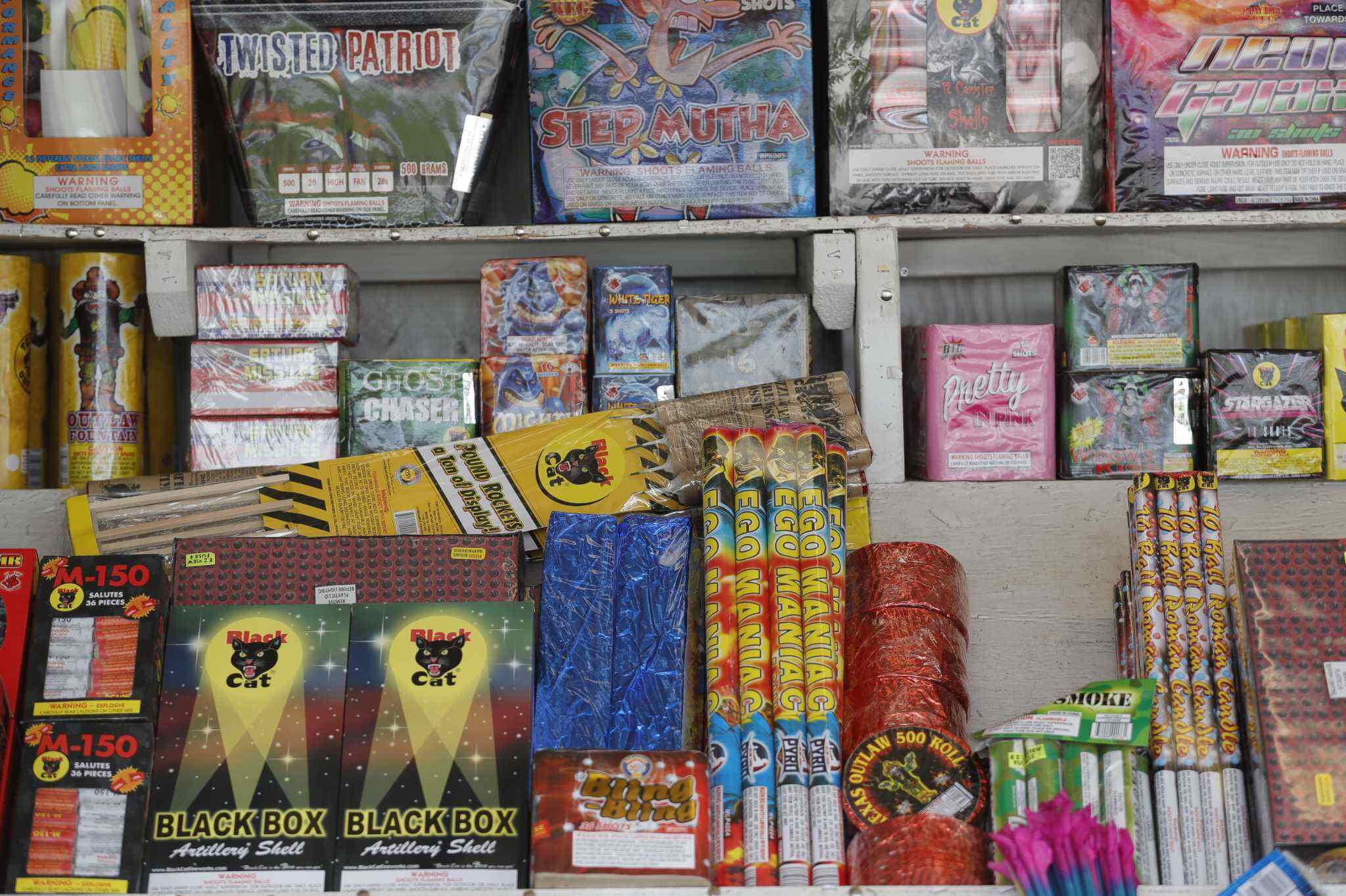
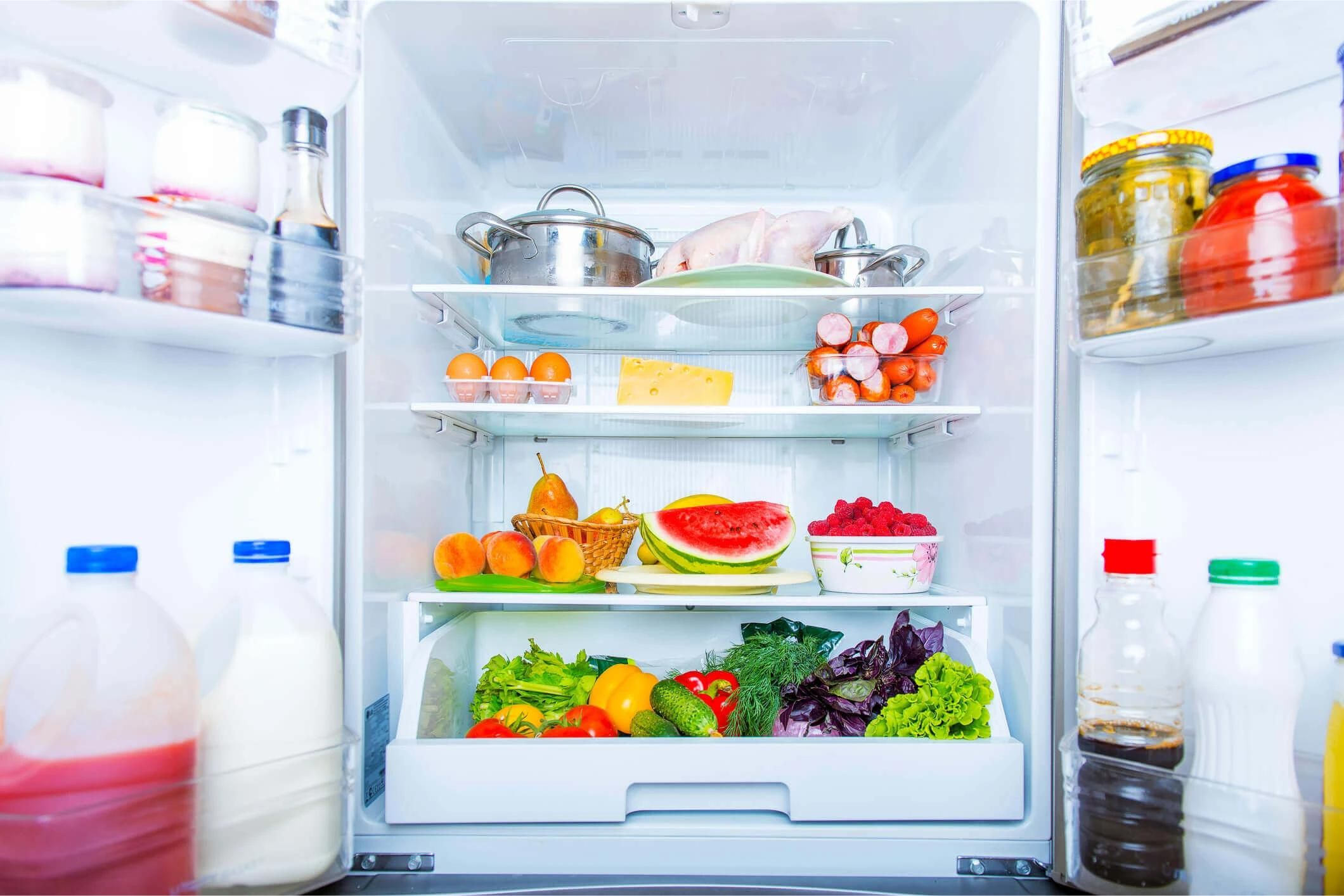
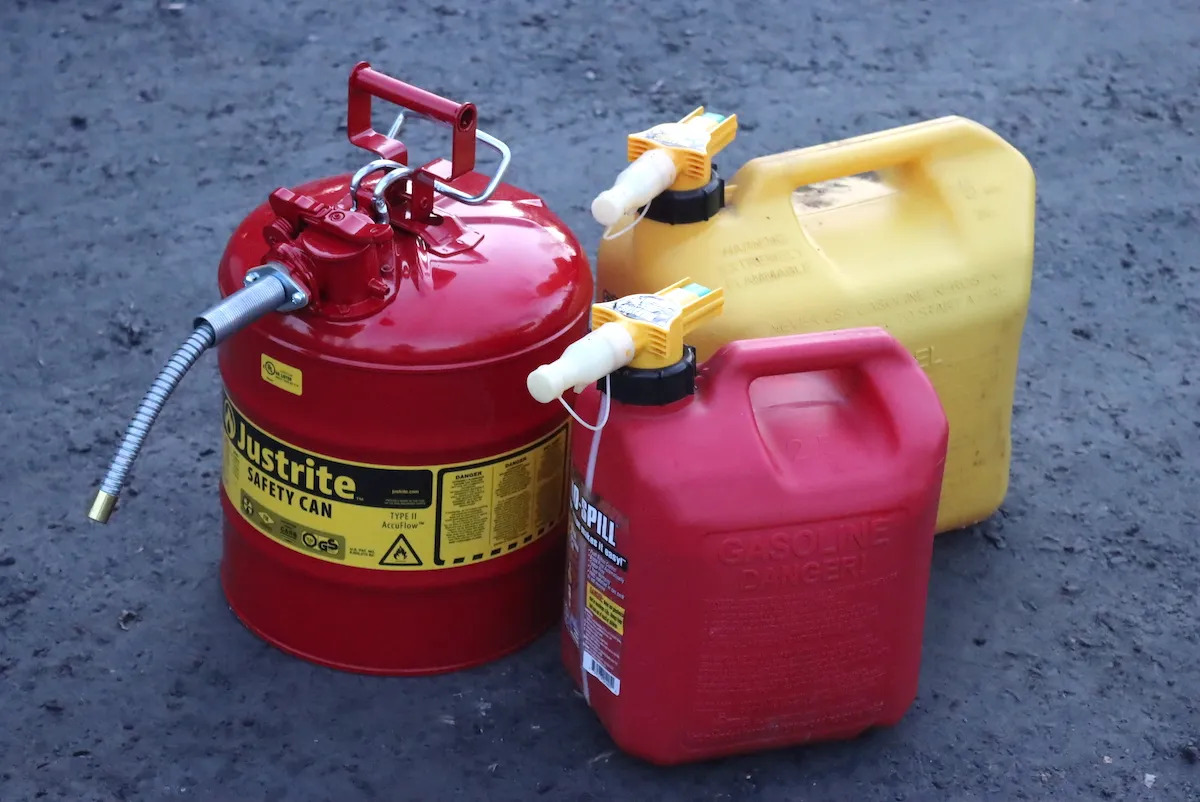
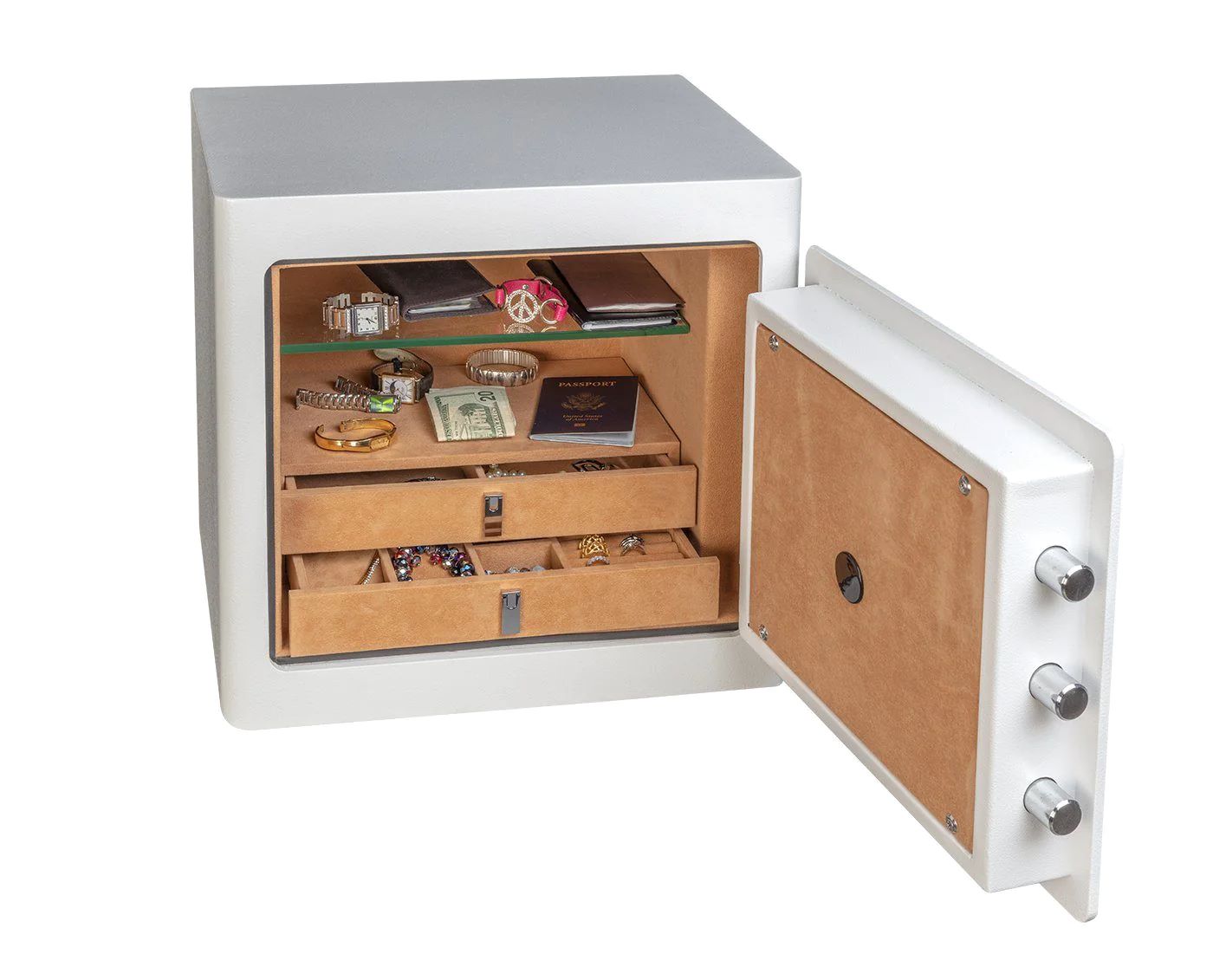
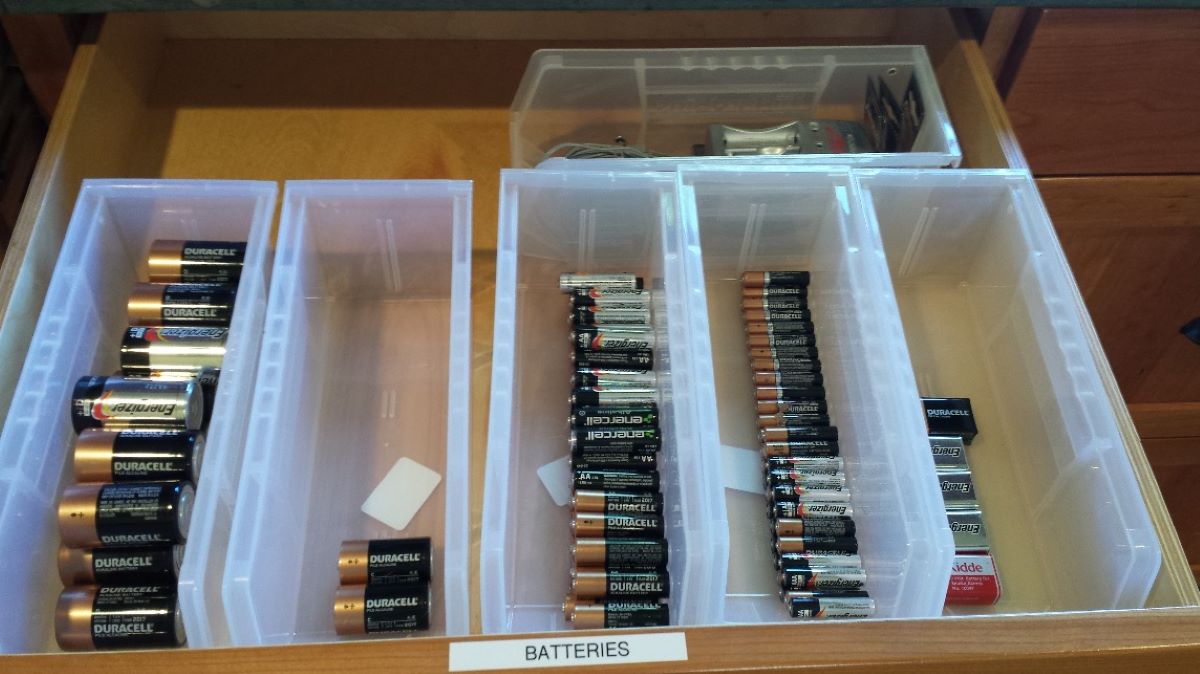
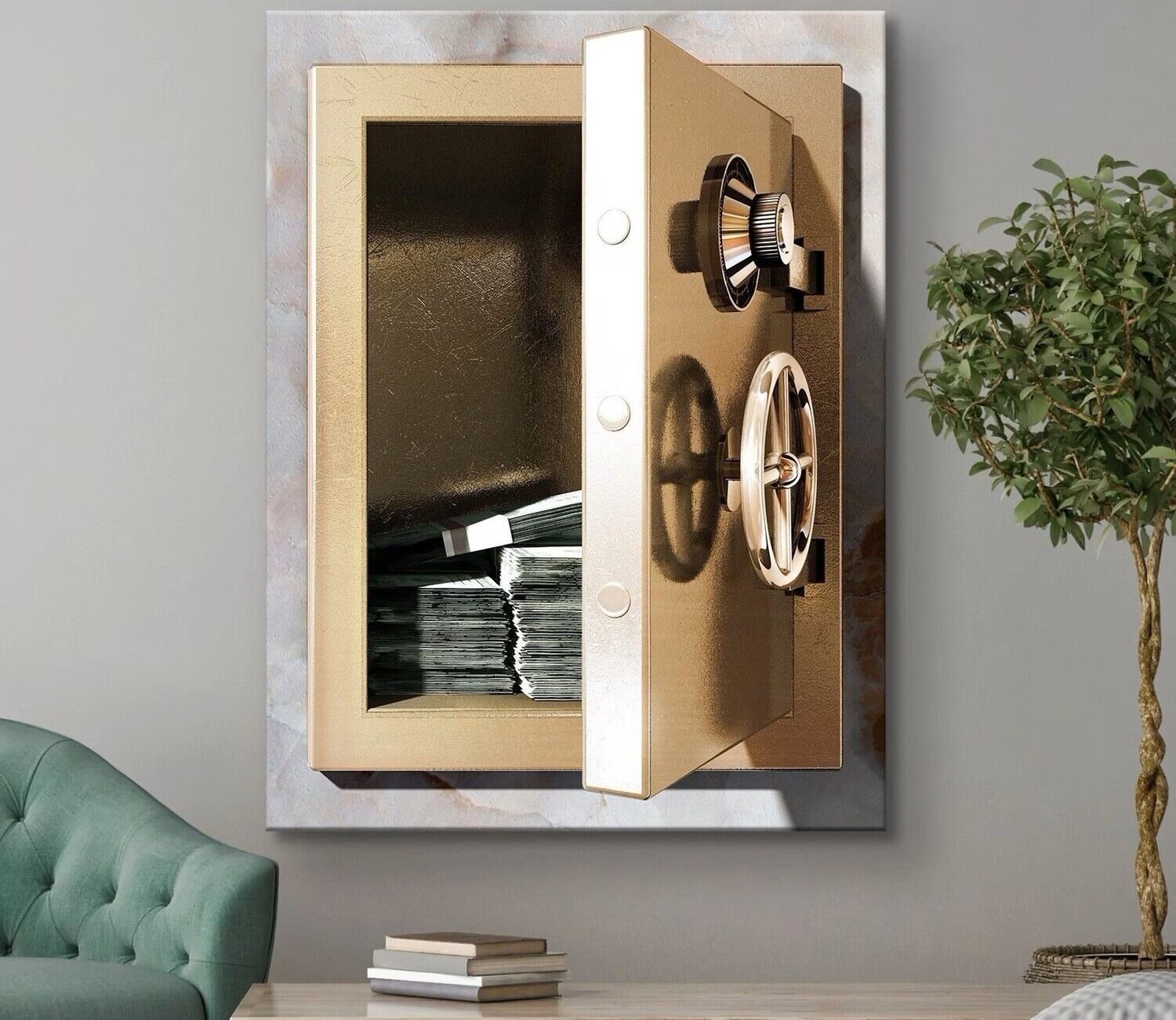
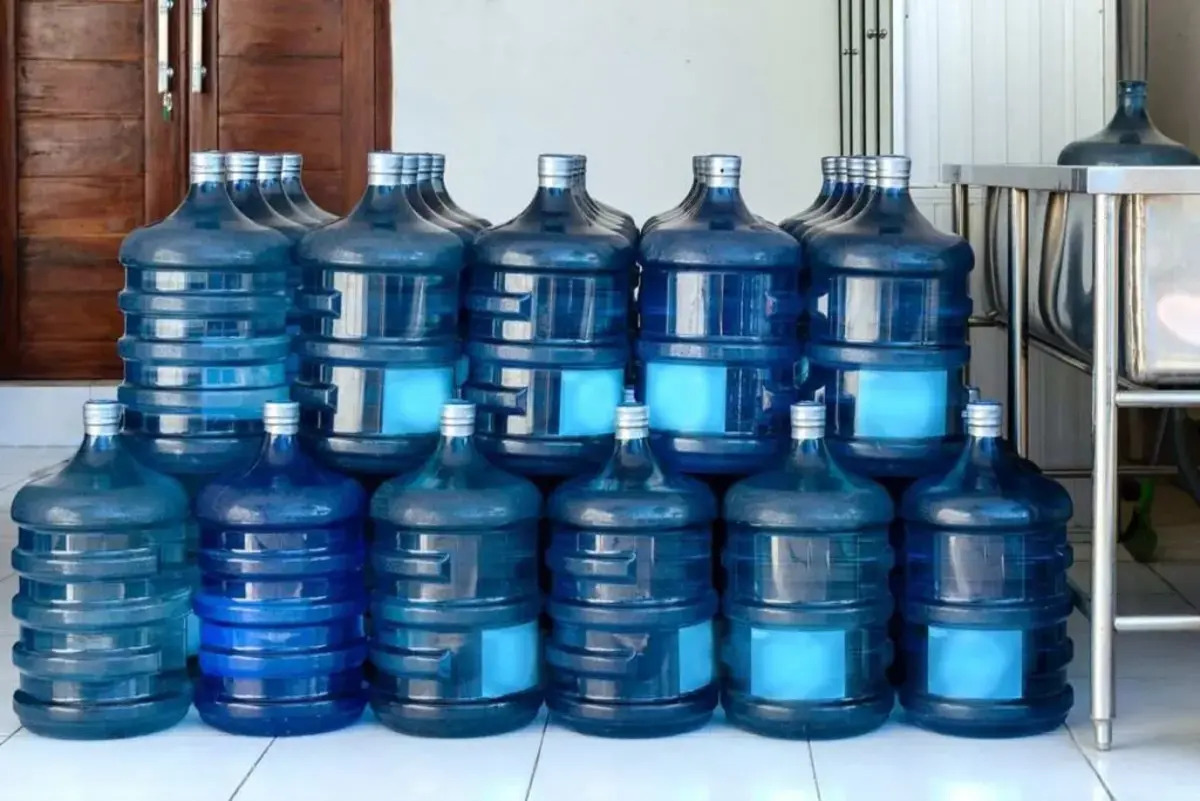
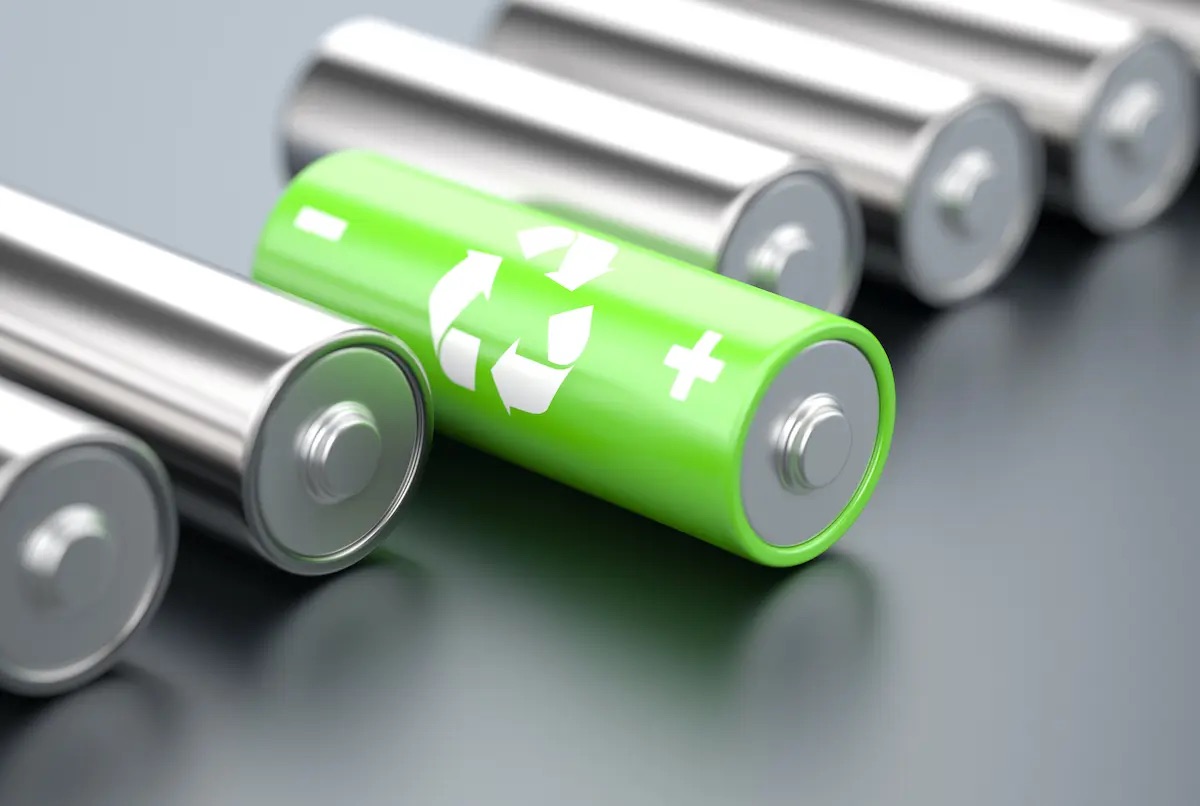
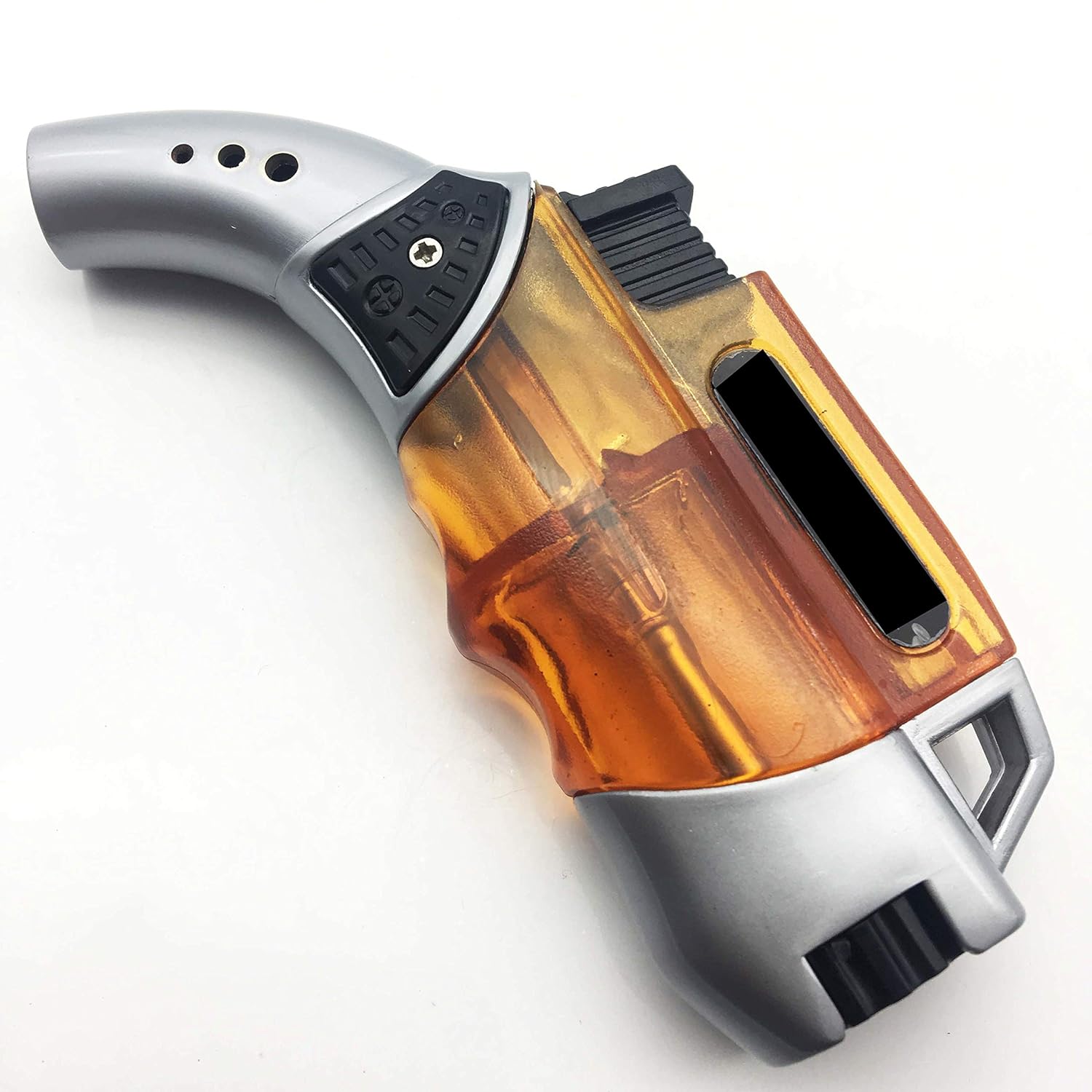

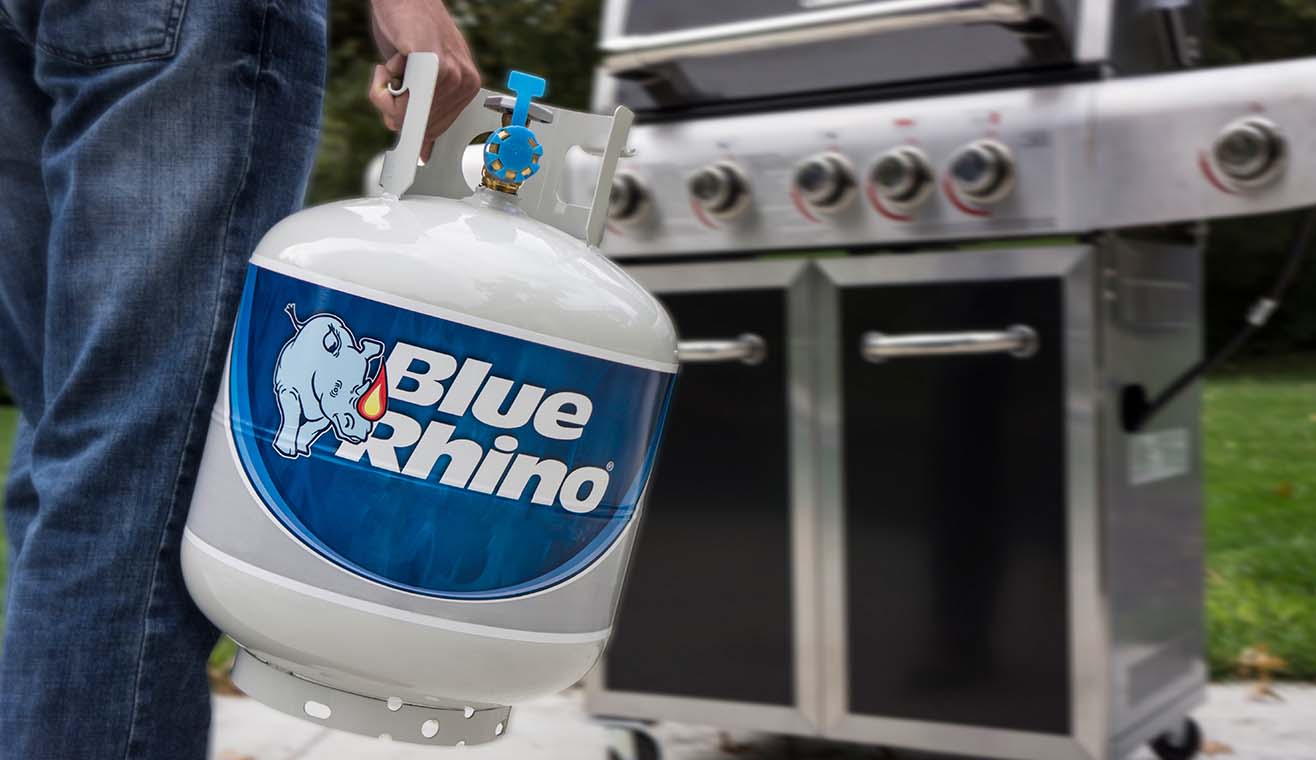


0 thoughts on “How To Store Butane Canisters Safely”